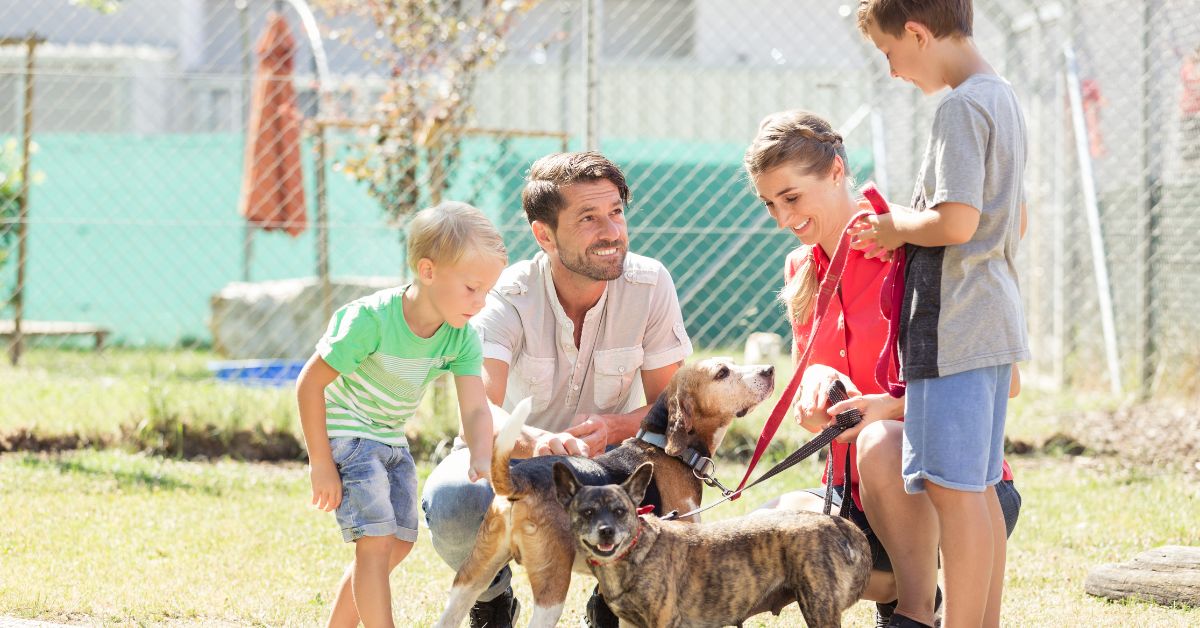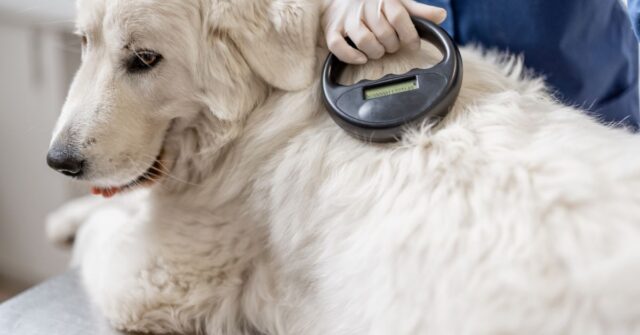Bringing a shelter dog into your home is a rewarding experience, but it also requires careful planning and patience.
This guide will provide you with all the information you need to help your new furry friend adjust smoothly to their new environment.
Introduction
Adopting a shelter dog is an act of kindness that gives a deserving animal a second chance at a happy life.
However, transitioning a shelter dog into your home involves understanding their past experiences and helping them feel secure in their new surroundings.
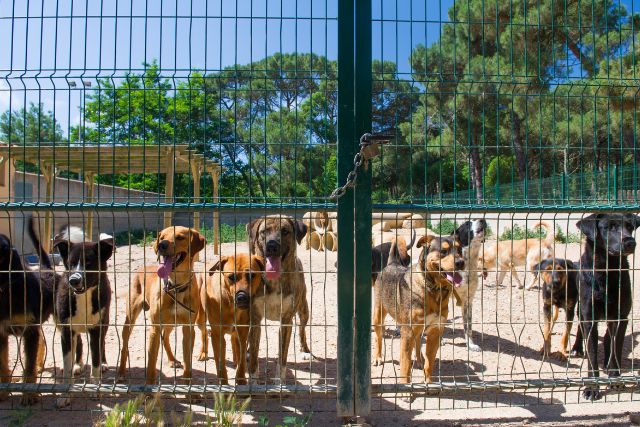

Let’s dive into how you can make this transition as smooth as possible for both you and your new pet.
Understanding the Transition
Shelter dogs often come from difficult backgrounds. They may have experienced neglect, abuse, or simply the confusion of being rehomed multiple times.
Understanding this can help you approach their transition with the empathy and patience they need.
Preparing Your Home for a Shelter Dog
Before bringing your new dog home, it’s essential to prepare your living space. This helps create a welcoming environment that will make your dog feel safe and loved.
Creating a Safe Space
Your dog will need a quiet, safe space where they can retreat when they feel overwhelmed. This could be a crate, a specific room, or a cozy corner with their bed and toys.
A familiar and consistent space helps them feel secure as they adjust to their new home.
Gathering Essential Supplies
Ensure you have all the necessary supplies before your dog arrives. This includes food and water bowls, a collar and leash, a comfortable bed, toys, and grooming tools.
Stick to the same type of food they had at the shelter to avoid digestive issues.
Dog-Proofing Your Home
Just like with a young child, you need to dog-proof your home. Remove any hazardous items within reach, secure trash cans, and ensure that electrical cords are out of sight.
This prevents accidents and helps your dog explore safely.
The First Few Days
The initial days in a new home are critical for a shelter dog. During this time, focus on making them feel safe and comfortable while gradually introducing them to their new environment.
Introducing Your Dog to the New Environment
When you first bring your dog home, allow them to explore at their own pace. Keep interactions calm and avoid overwhelming them with too many new experiences or people.
Show them where they can find their food, water, and bed.


Establishing a Routine
Dogs thrive on routine. Establish regular feeding, walking, and bedtime schedules as soon as possible. This consistency helps your dog understand what to expect and can reduce anxiety.
Monitoring Stress and Behavior
Keep an eye on your dog’s behavior for signs of stress, such as excessive barking, pacing, or hiding. Provide reassurance and patience. If stress persists, consult with a veterinarian or a professional trainer.
Building Trust and Bonding
Building a strong bond with your new dog is essential. This takes time and patience, but the rewards are well worth the effort.
Using Positive Reinforcement
Positive reinforcement is key to building trust. Reward your dog with treats, praise, and affection for good behavior. This encourages them to repeat positive actions and helps build a strong, trusting relationship.
Hand-Feeding and Treat Training
Hand-feeding your dog can be a powerful bonding activity. It helps your dog associate you with positive experiences. Use this time to teach basic commands, reinforcing good behavior with treats.
Engaging in Bonding Activities
Spend quality time with your dog through play, walks, and training sessions. These activities strengthen your bond and help your dog feel secure and loved in their new home.
Managing Stress and Anxiety
Transitioning to a new home can be stressful for a shelter dog. Understanding and managing this stress is crucial for a smooth adjustment.
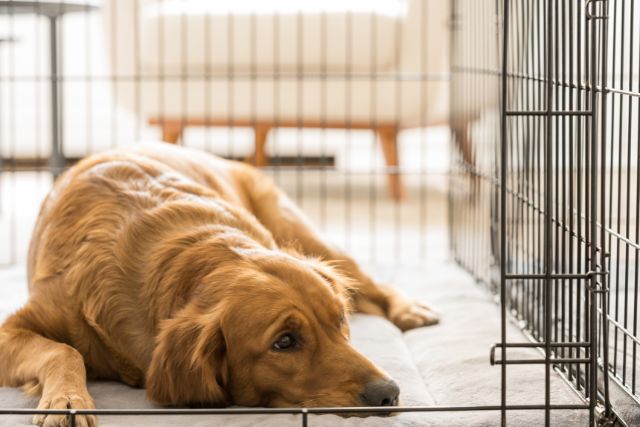

Recognizing Signs of Stress
Common signs of stress in dogs include excessive barking, whining, drooling, and destructive behaviour. Recognizing these signs early can help you address your dog’s needs promptly.
Providing Comfort Items
Comfort items like their favourite blanket or toy can help soothe your dog. Familiar scents from their previous environment can provide reassurance during the transition period.
Gradual Introduction to New Experiences
Introduce your dog to new experiences gradually. Avoid crowded or noisy places initially. Allow them to become comfortable in their new home before expanding their environment.
Socializing Your Dog
Proper socialization is essential for a well-adjusted dog. Introduce your dog to new people, pets, and environments carefully to build their confidence.
Introducing to Family Members and Pets
Introduce your dog to family members and other pets slowly. Supervise initial interactions and provide positive reinforcement to encourage calm and friendly behaviour.


Socializing with Other Dogs
Socializing with other dogs should be done in controlled settings. Start with calm, friendly dogs and gradually introduce your dog to more social situations as they become comfortable.
Avoiding Overwhelming Situations
Avoid taking your dog to busy parks or events until they are fully comfortable with their new surroundings. Gradual exposure helps prevent anxiety and builds confidence.
Training and Behavior Management
Training is an essential part of helping your shelter dog adjust to their new home. Consistent, positive training techniques can address behaviour issues and strengthen your bond.
Basic Obedience Training
Teach your dog basic commands such as sit, stay, and come. Use positive reinforcement and keep training sessions short and fun. Consistency is key to effective training.


Addressing Behavioral Issues
Some shelter dogs may have behavioural issues stemming from their past experiences. Work with a professional trainer if needed to address issues such as aggression, fear, or separation anxiety.
Professional Training Resources
Consider enrolling your dog in obedience classes or working with a professional trainer. Professional guidance can be invaluable in addressing specific behaviour problems and helping your dog adjust.
Health and Safety Considerations
Your dog’s health and safety should be a top priority. Ensure they receive proper veterinary care and that your home is a safe environment for them.
Initial Veterinary Visit
Schedule a vet appointment soon after bringing your dog home. A health check-up can identify any medical issues and ensure your dog is up-to-date on vaccinations and preventative care.
Microchipping and Registration
Ensure your dog is microchipped and registered with your local council. This helps in case they get lost and is often a legal requirement.


Safe Walking and Exercise Practices
Regular exercise is important for your dog’s health and well-being. Start with short walks in a quiet area and gradually increase the duration and complexity as your dog becomes more comfortable.
Long-Term Care and Support
Caring for a dog is a long-term commitment. Providing ongoing care and support ensures a happy and healthy life for your new family member.
Maintaining a Healthy Diet
Feed your dog a balanced diet appropriate for their age, size, and activity level. Consult your vet for dietary recommendations and avoid sudden changes to your dog’s diet.
Regular Veterinary Check-ups
Regular vet check-ups are essential for monitoring your dog’s health. Annual visits can catch potential health issues early and ensure your dog stays healthy.
Using Professional Dog Walking Services
Consider using professional dog walking services to ensure your dog gets enough exercise, especially if you have a busy schedule. This can help keep your dog physically and mentally stimulated.
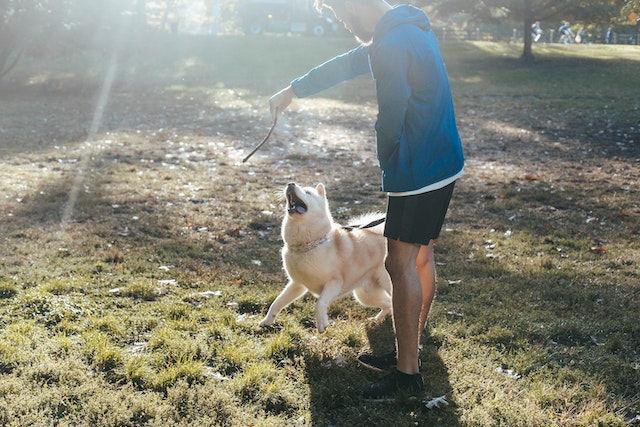

Conclusion
Transitioning a shelter dog into your home is a journey filled with challenges and rewards. With patience, empathy, and the right approach, you can help your new dog adjust and thrive in their forever home.
Celebrating Milestones
Celebrate your dog’s progress and milestones. Recognize and reward their achievements, no matter how small, to reinforce positive behaviour and build their confidence.
Resources for Ongoing Support
Seek out resources such as books, online forums, and professional trainers for ongoing support. Connecting with other dog owners can provide valuable advice and encouragement.

